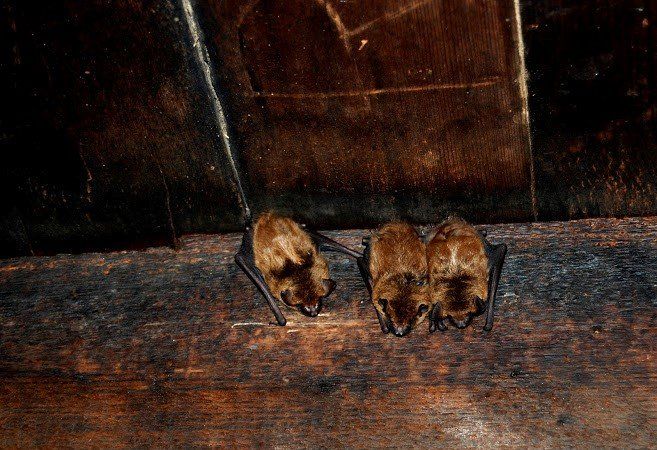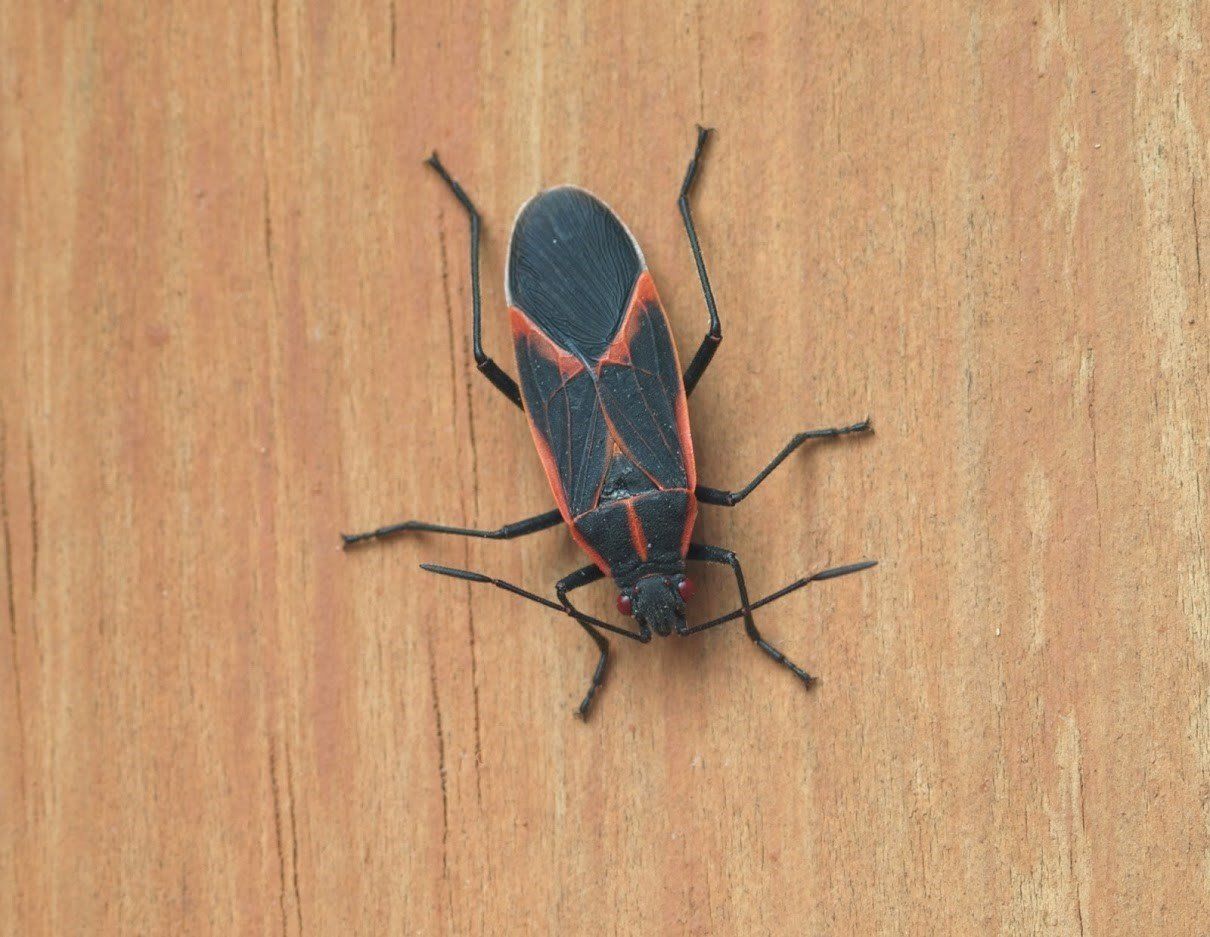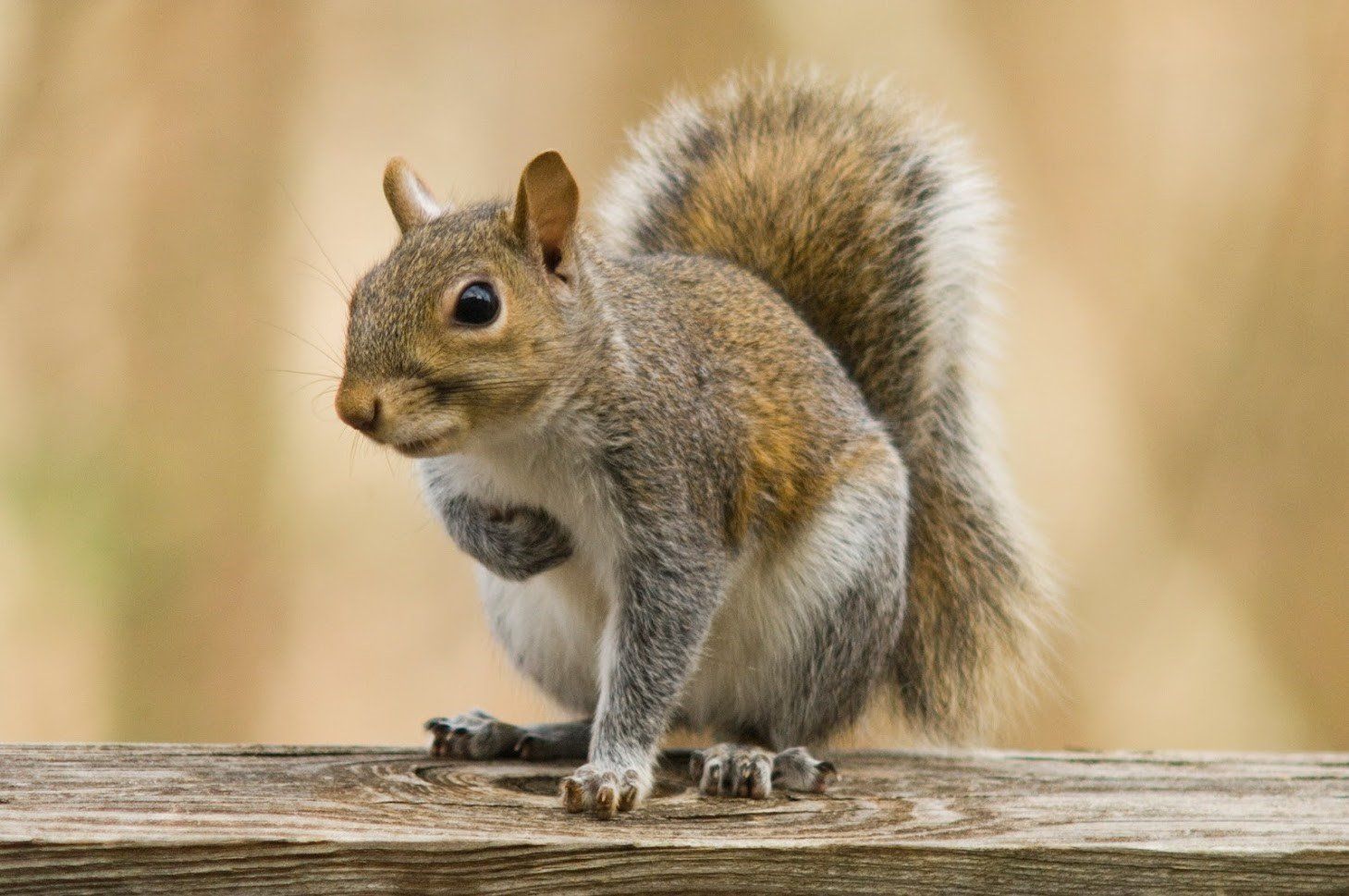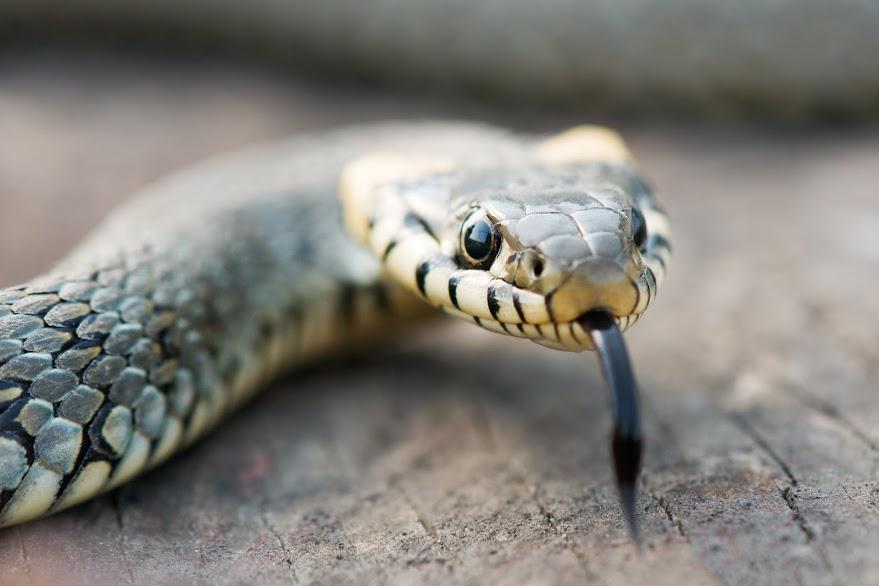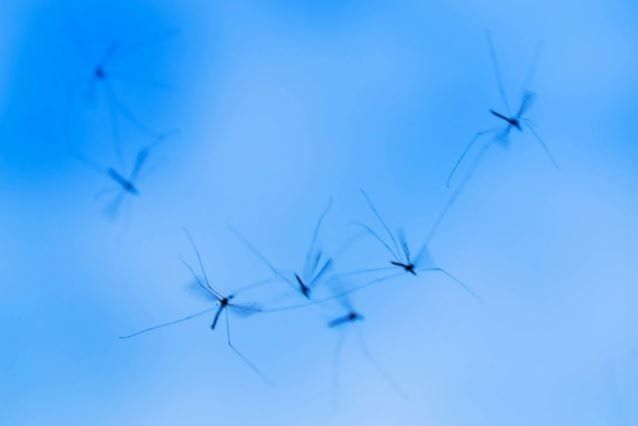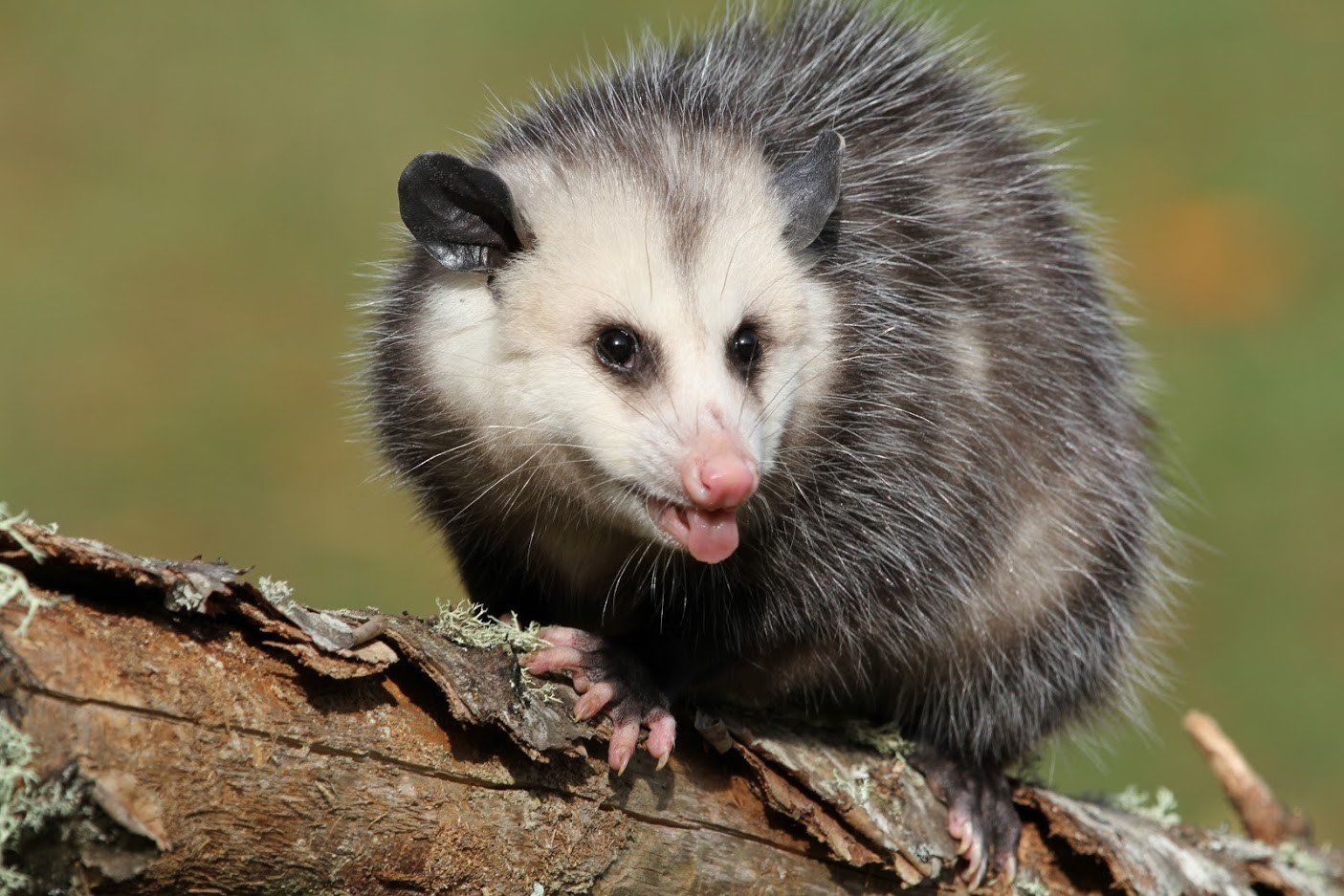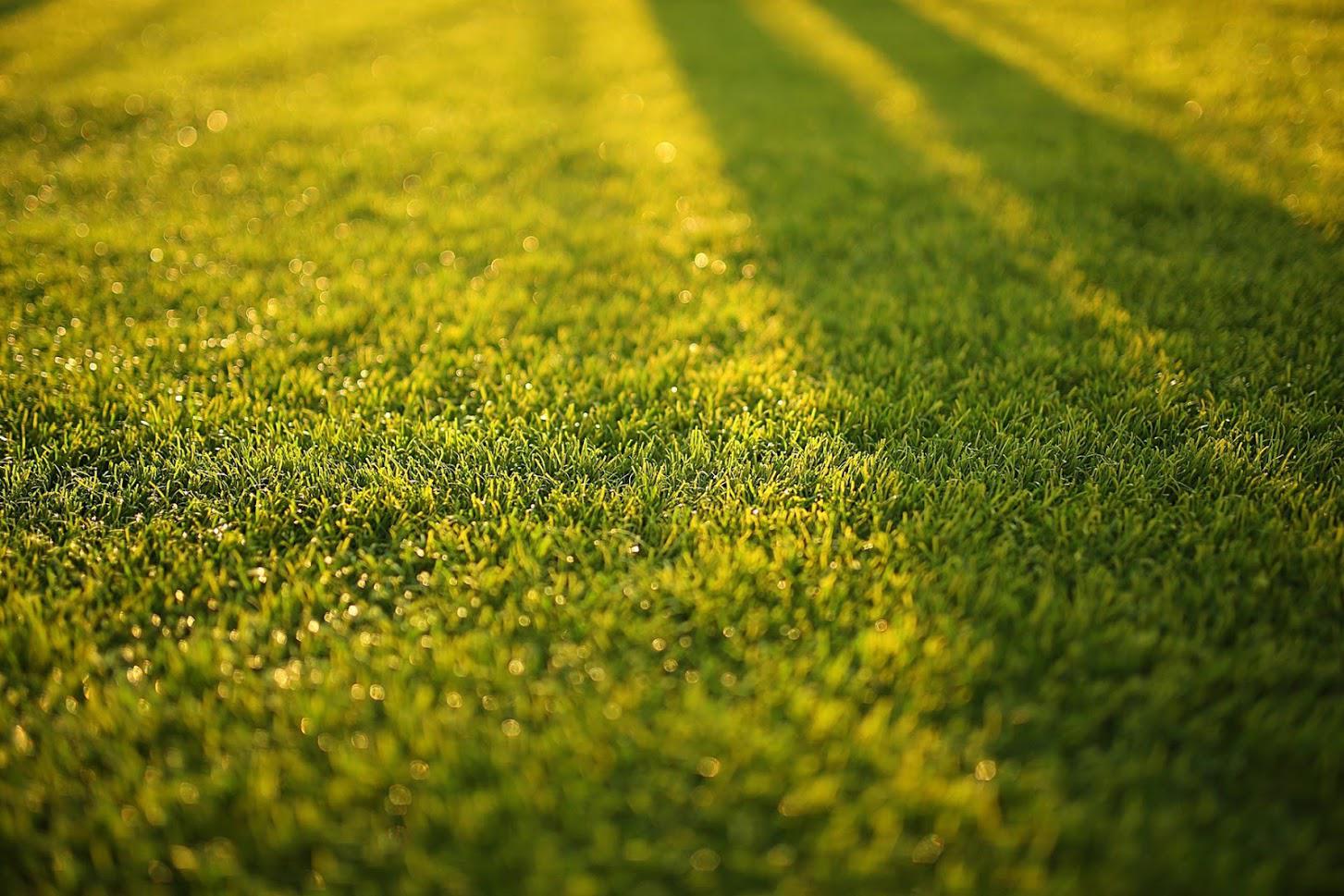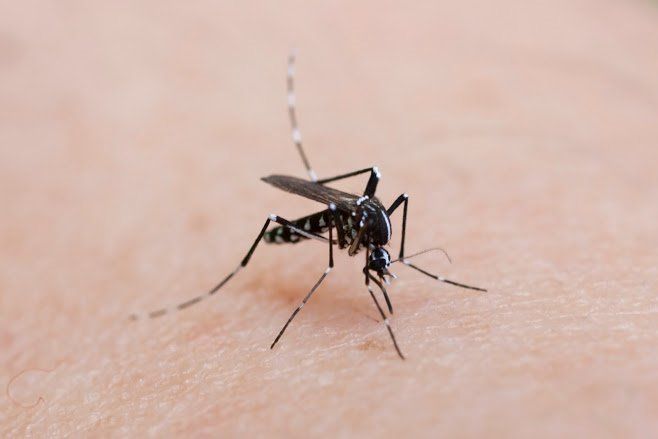5 Bugs to Watch Out for After a Roof Leak
websitebuilder • October 6, 2018
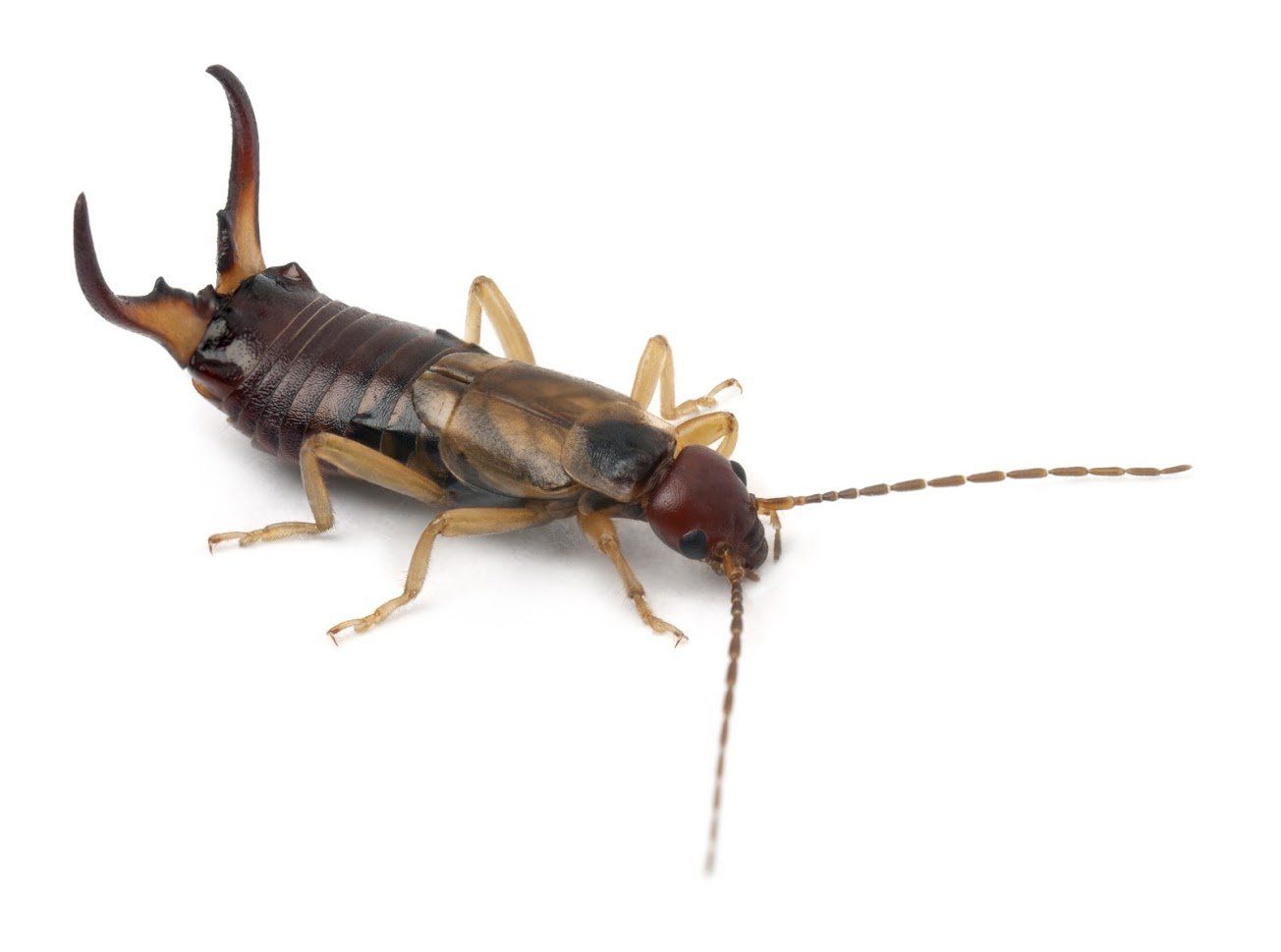
After you discover your roof has leaked, you may be worried about mold growth and water damage to your structures. However, a third problem exists that you should be aware of: insect infestation. Many common indoor pests are particularly attracted to moist areas, and they're likely to appear after your attic and upper floors have seen water leakage.
The following are five insects you may see after a roof leak.
1. House Centipedes
House centipedes are long, slender insects with many legs. They prefer warm, dark, humid places, and although they often invade basements, they may appear in your attic or upper floors after a roof leak leaves these areas moist and humid. House centipedes are usually yellow-gray in color with some darker stripes across their bodies.
Although house centipedes can bite, they rarely do — and their bites only cause itchy, red bumps similar to a mosquito bite. To fend off these insects following a roof leak, try setting up a dehumidifier in the moist area. Make sure no other insects infest the area, as house centipedes tend to show up when other bugs are present for them to feed on.
2. Cockroaches
Cockroaches are attracted to any space that is warm and moist. They are not picky with food, and they'll dine on paper and old boxes that you have in your attic. Once the roaches find their way into your moist attic space, they may begin to wreak havoc throughout your home, moving into cupboards and bathrooms.
A cockroach infestation can be tough to treat. Even after you repair the roof and dry out the moist area, they will probably not go away on their own. Hire an exterminator to get rid of them sooner rather than later; they reproduce very quickly and are a real nuisance since they contaminate food and give off a musty odor.
3. Earwigs
If you've seen scary-looking bugs with big pincers on their tail ends, these are earwigs. They like moist, warm environments like leaky attics. Once the bugs find the moist attic space, they stay and start reproducing.
Earwigs are not overly dangerous, and they tend to dissipate on their own once you address the moisture issue. Make sure that you not only fix the roof leak but also address any cracks in the siding, window frames, vents, and so forth —this could be how the bugs entered the home in the first place.
4. Silverfish
Another scary-looking bug is the silverfish, which people know for its silvery color. These pests are shaped like teardrops with long antennae. They are a very common invader of moist, dark attic spaces, and they can cause a lot of damage since they feed on cardboard, wallpaper, and anything else that contains cellulose.
Silverfish can be hard to get rid of, even after you've repaired your roof. To help fight the infestation, run a dehumidifier, seal any cracks or crevices, and move potential food sources — including all papers and cardboard — out of the moist attic area. If the bugs do not disappear within a week or two, call a professional.
5. Carpenter Ants
Carpenter ants are big black or red ants that measure about 1/4–1/2 inch in length. They may move into your attic area if the leak caused some of the wood to rot or deteriorate.
These ants are more than just a nuisance. They build nests in decaying wood, weakening the structure. To remove the ants, a professional pest control company will track the ants, locate the nest, and destroy it. Do not ignore a suspected carpenter ant infestation. The ants will not move out on their own, even once moisture from the leak has dried up.
Getting your roof leak fixed is just the beginning. In the weeks that follow, watch out for these moisture-loving pests, and contact Anteater Pest Control Inc.
if you come across any pests.
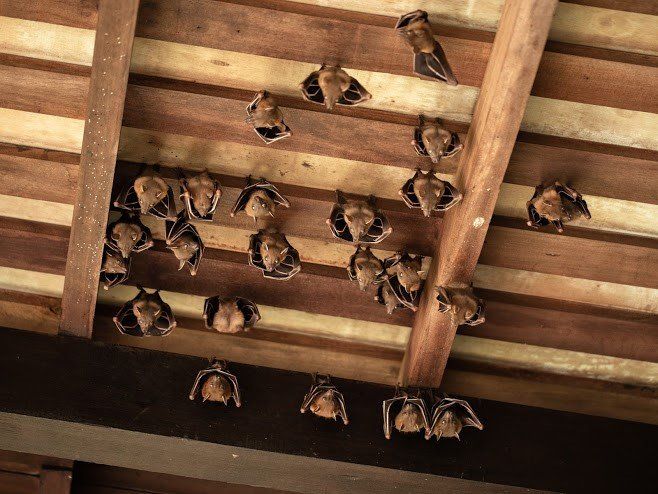
Bats can be cute when you see them in nature, but inside your home, they are more than just a nuisance. Bats can carry deadly diseases, like rabies, which means that if you have a bat, you need to take steps immediately to solve the problem. Removal Options Removal is best left to a professional due to the risks involved. Single Bat A single bat may get into the house through an open window or the chimney. The good news is that this usually is a one-time event and you don't have an infestation. The best course of action is to remove pets and people from the room with the bat, open all of the windows in the room, and then close off the room so the bat can't get into the rest of the house. With luck, the bat will find a window and leave. If you must handle the bat, wear gloves and do not touch the bat directly. The safest option is to call in a pest service if the bat doesn't leave on its own. Roosting Colony Sometimes your home provides the perfect place for daytime roosting. Little-used attics are most at risk, but bats may also colonize crawlspaces, spaces in your walls, or outbuildings. You should not try to remove an entire colony of bats on your own. A pest professional that is aware of local and federal wildlife laws should be called in to trap and remove the bats. Prevention Tactics Once you are free of the bats, your next step is to ensure that they cannot return. Exclusion If a bat can't get into your home, you can't have a bat problem — which is why exclusion is your main goal. Your pest service will inspect your home and find the likely entry points that the bats are using. You can also watch your home during the twilight hours to find where the bats are emerging. Once you know the likely entry points and have had all bats removed from the house, you can seal up the openings so the bats can't regain access to your home. Alternative Dwellings If you live in an area with a high bat population or would simply like to keep these beneficial insect-eaters nearby, then providing alternative dwelling options can be just the ticket for diverting bats away from your home. You can buy or build simple bat boxes. These boxes are typically attached to trees or poles to provide a more attractive roosting space for the bats. Cleanup Safety Bats are not clean animals. If a bat has been roosting in your home, then you will have droppings (called guano) and urine to deal with. Guano Sanitation Bat guano can carry histoplasmosis, a fungal spore that can cause a chronic respiratory disease. If you must try to clean up on your own, you need to cover all of your skin, wear gloves and eye protection, and use a respirator mask. All debris must be cleaned up and all surfaces must be sanitized with a bleach solution. Professionals will also use a HEPA vacuum, which has a strong filter that ensures none of the possible fungal pathogens remain in the air. Dead Bat Removal Extreme caution is necessary if there are dead bats in your home. Conditions like rabies can still be transmitted from dead animals. Wear gloves and do not touch the bat directly if you attempt to remove it yourself. The area where the bat was found must also be completely sanitized with a bleach solution. For more assistance with a bat in the home, contact Anteater Pest Control, Inc.

